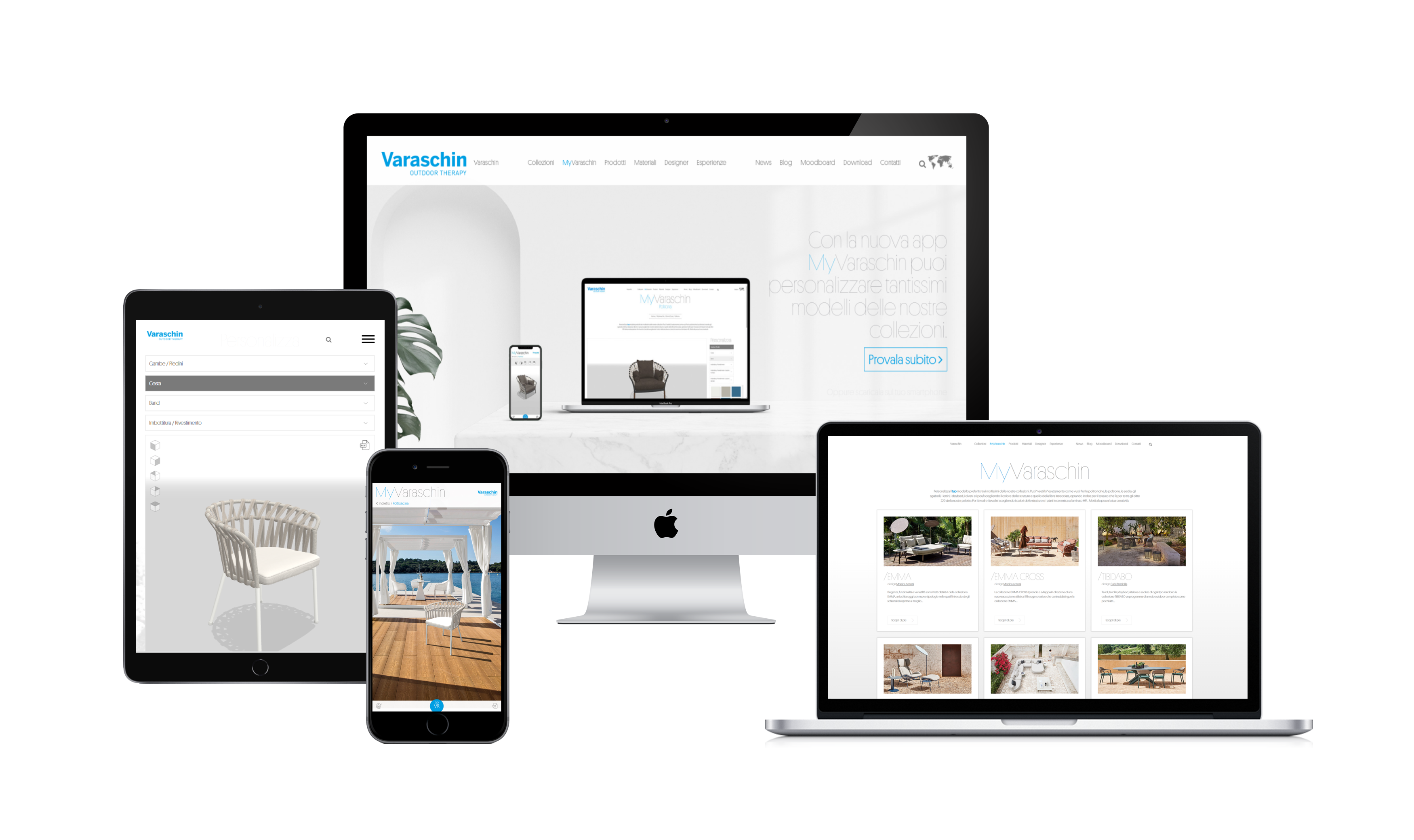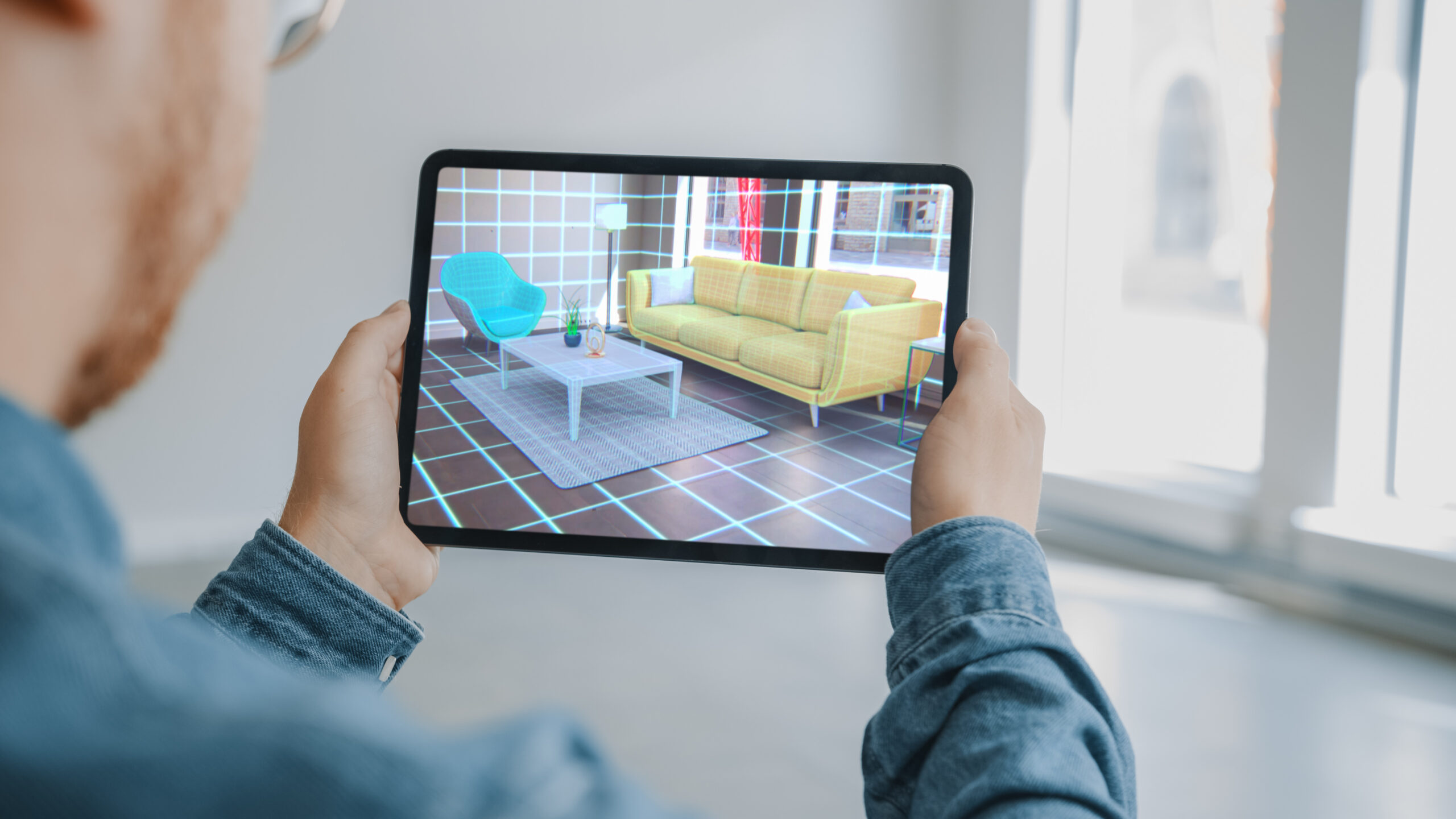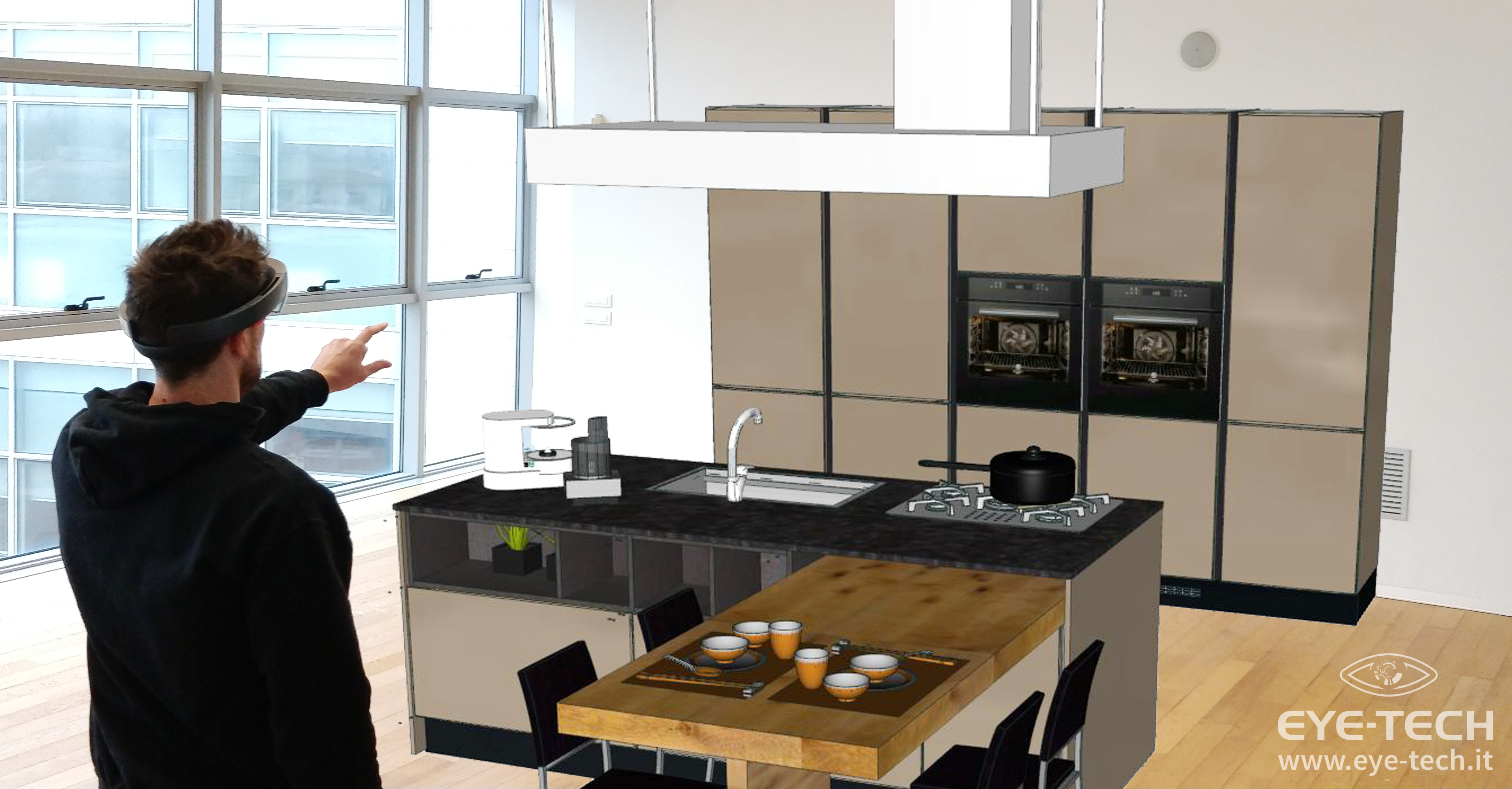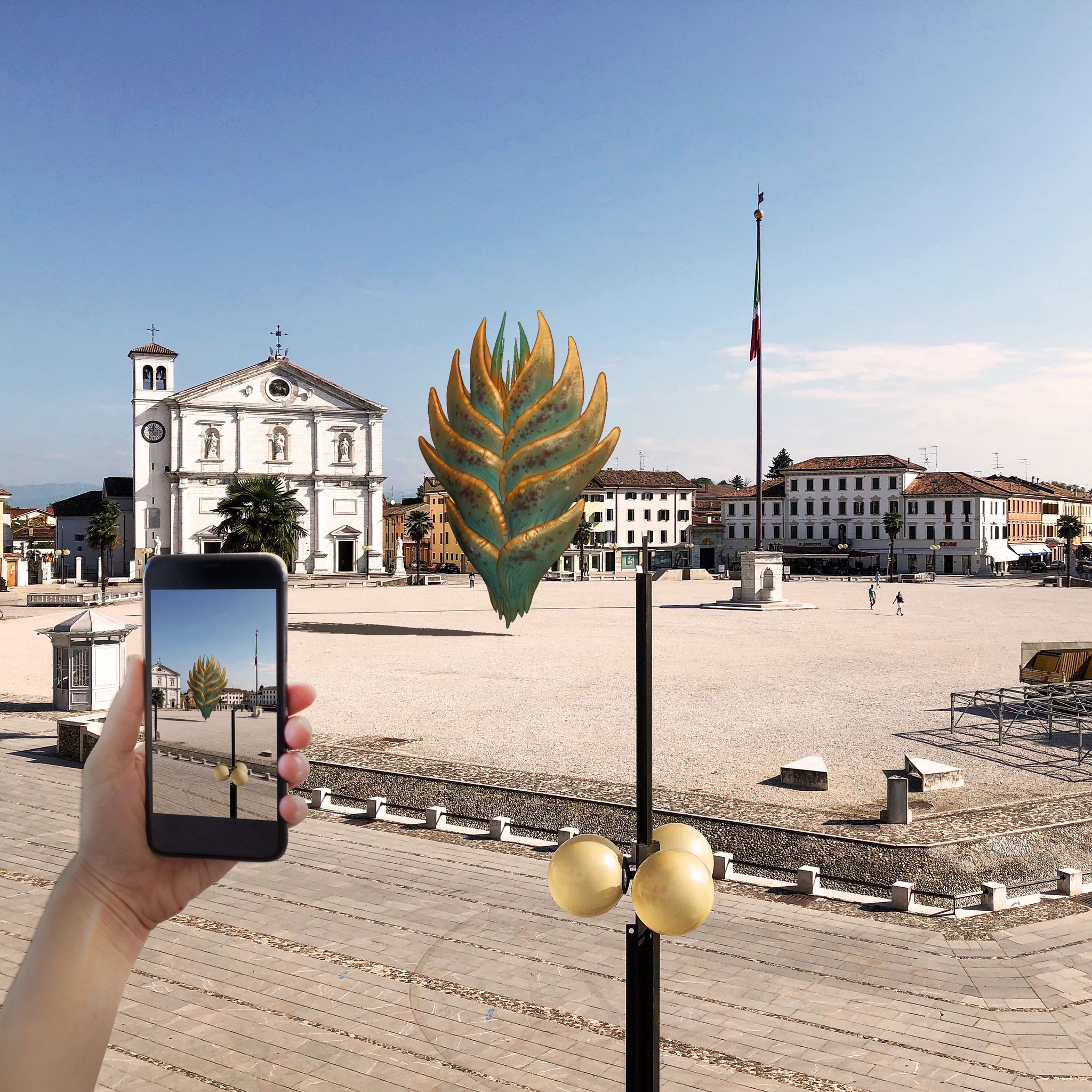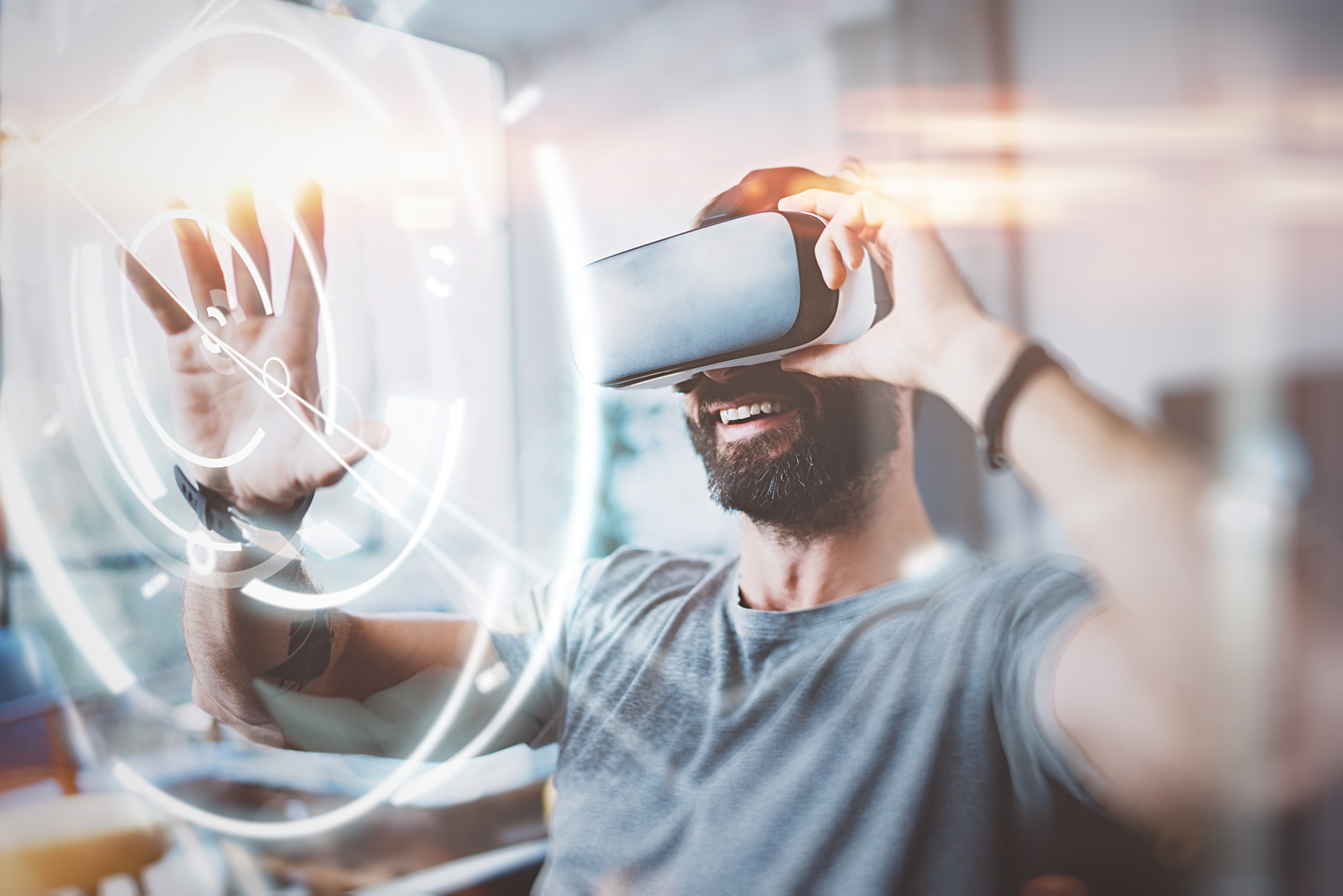The Mixed Reality Revolution
At the heart of this initiative was the pioneering use of Microsoft HoloLens headsets, which significantly distinguished themselves from traditional Augmented Reality tools. Termed as “Mixed Reality” tools, these headsets allowed users to interact with and manipulate 3D holograms in a real-world context. This distinctive feature paved the way for new design and experimentation frontiers.
Project Objectives
The main objective of the project was to explore the opportunities offered by mixed reality in the field of industrial design. Efforts were concentrated on developing an innovative mixed reality application designed to assist designers and developers during the crucial stages of designing specific corporate products.
 Practical Applications: Successes in Design and Training
Practical Applications: Successes in Design and Training
The project focused on two main application areas. The first involved perception-based design of the prototype. HoloLens-generated holograms allowed designers to interact directly with the product, providing a virtual tactile experience to make the prototype as close as possible to predefined goals.
The second area was dedicated to staff training, with a focus on developing new training techniques for specialized operators. Through the use of HoloLens headsets, operators could innovatively and effectively address the phases of processing, maintenance, and installation of machinery or components.
The Revolutionary Role of Microsoft HoloLens
Microsoft HoloLens, a state-of-the-art smart glass device, was the centerpiece of the project’s experiments. Unlike traditional Augmented Reality tools, HoloLens stood out for its ability to create a “Mixed Reality” environment, allowing users to interact with and virtually manipulate 3D holograms. This innovation played a crucial role in developing a mixed reality application that supported designers and developers during the design phases.
Collaboration and Partnership: A Successful Team
The project benefited from the collaboration of key partners, including the University of Udine, the Polo Tecnologico, Rosa-Plast (the project’s lead partner), and Eye-Tech. This synergistic collaboration brought together academic, technological, and industrial expertise to maximize the project’s impact and ensure innovative and practical results.
Conclusions: A Step Forward in Technological Innovation
The project “New Methods of Virtual Design through Mixed and Augmented Reality Experimentation” has laid the groundwork for a new era in industrial design. With an eye on the future, this initiative has redefined design and training dynamics, paving the way for more efficient, intuitive, and advanced solutions. The synergy between technology, academic research, and industry has been the keystone of this project, destined to leave a lasting mark on the evolution of mixed reality technology.
